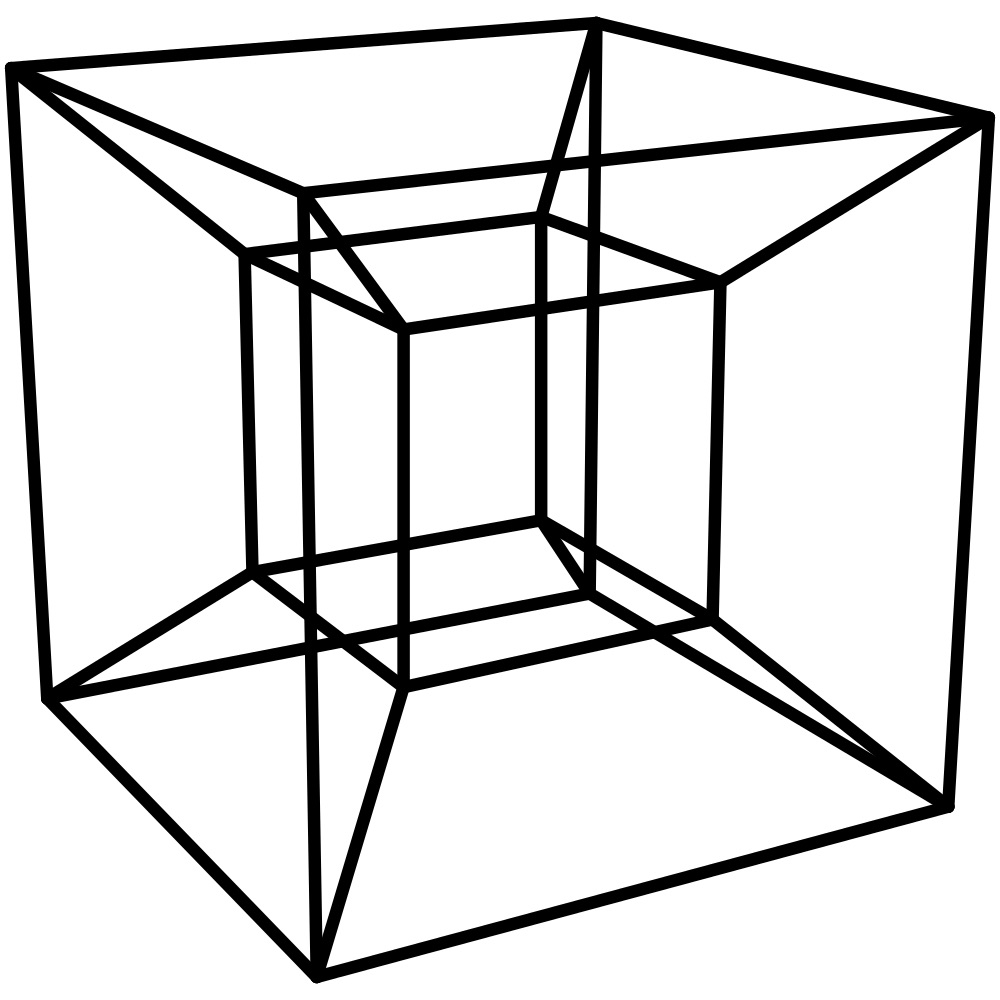
Pretty much all of us understand that we live in a 3D world—one in which there are depth and perspective. We live in 3D, but we often interact with the world is on 2D levels, such as on the TV or through our mobile devices, but we still perceive the extra dimension.
Our brains are incredible things that create the world around us in a way that makes sense for us. However, what if there was another way for our brains to perceive the world? What if there were more than three dimensions?
Well, scientists believe that there are more dimensions, and they have also started to understand how we could learn how to perceive the 4th dimension.
Their suggestion: think of it as a place that you can travel to by going perpendicular to the 3rd dimension.
Clear as mud, right? To get to the 4th, perhaps we should start by breaking it down from the beginning.
Zeroth dimension

Yes, there is such a thing. In this dimension, points are the only thing that can be understood.
This point has no width, no length, and no height. It is the smallest point it could be, and also the largest all at the same time.
It is essential to understand this to comprehend the 4th dimension later on. A cube in this dimension would just be a point. All its dimensions the same, and they are none. Nonetheless, this cube would still represent a single point in space.
First dimension
Everything is a line here. This line always has the same height and width, but its length can be varied.
A cube in the 1st dimension would look like a line with the same length as the cube, but it would not have any values in the realms of height and width.
Second dimension
Here things start to look a bit more familiar. With the ability to play with width and length, we can start making basic shapes.
Of course, these only exist on the 2D plane. The cube could now look like a square.
Third dimension
This is where we live, and where things start to get complicated from the mathematical point of view.
The cube that was drawn as a flat square in 2D can be pulled out and viewed as the cube we know to be a cube with width, length, and depth.
Fourth dimension

It is pretty easy to comprehend the transition from zeroth to the third dimension so far.
Things get weird. In the fourth dimension, we need to extrude the cube in a direction perpendicular to the first three. This is impossible in the 3rd dimension as we only have three dimensions at our disposal.
To ensure that all the cube angles remain at 90 degrees, we must go in this direction or dimension. The cube now is not even called a cube. It becomes a tesseract. It has length, height, width, and trength.

The cube would now look like this, but also it would not. This is only the 3D version that we can comprehend with our 3D minds.
This is not the most accessible topic in the world to grasp, but breaking into steps should at least feel a little more understandable.
Each dimension moved in a perpendicular direction to the previous one. Width is perpendicular to height. Height is perpendicular to width and length, and then we get trength, which is perpendicular to all three.
Understanding how the 4th can exist in one thing, getting your head around the way life would be if we got there is another. Time would not exist as it does now, for example.

With life being so harsh in our 3D reality in 2020, let us pray some super scientists have been working on ways to get us out of here and into the 4th dimension.

















